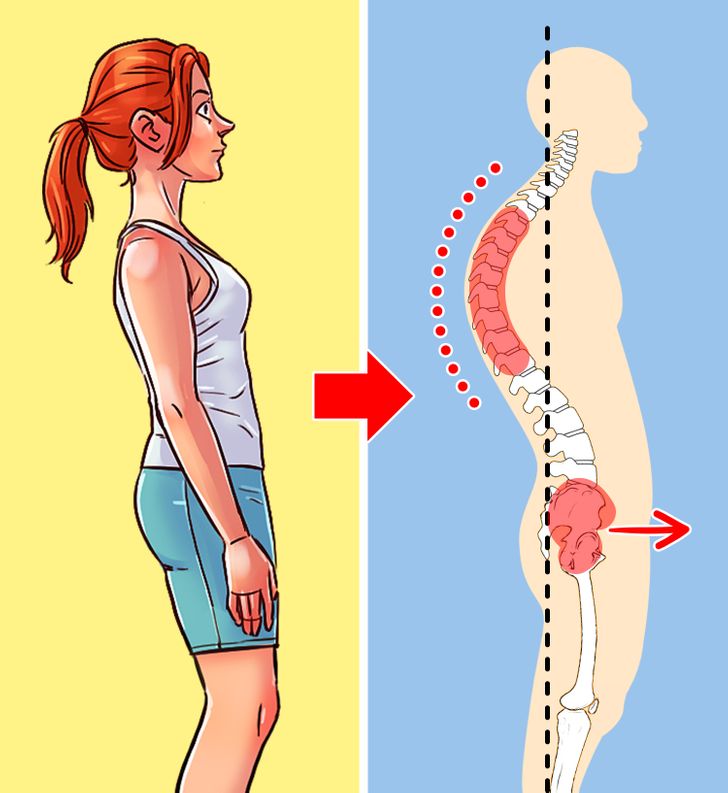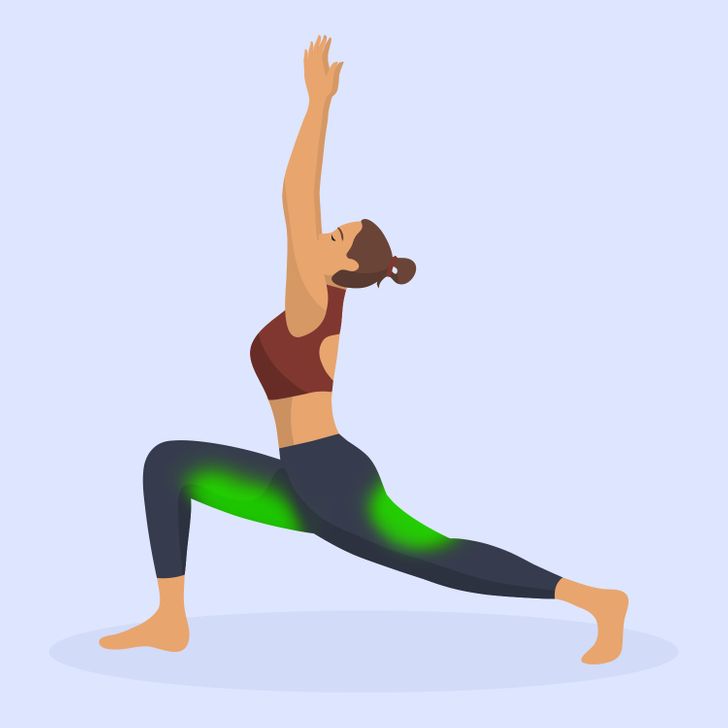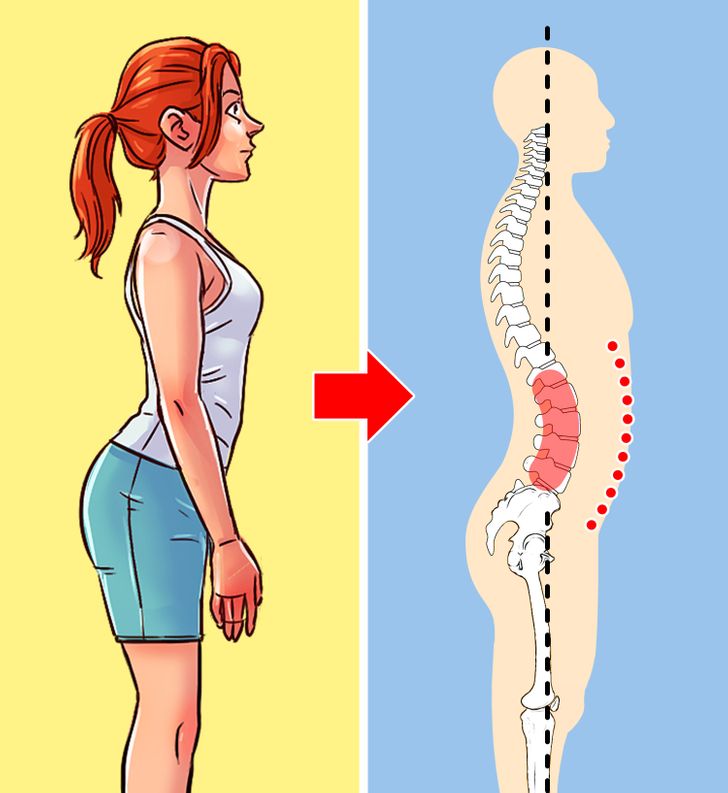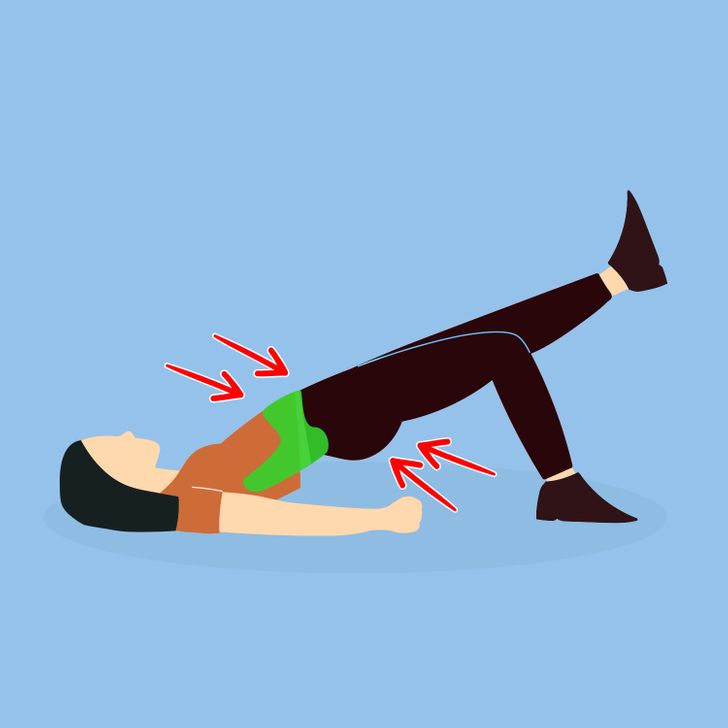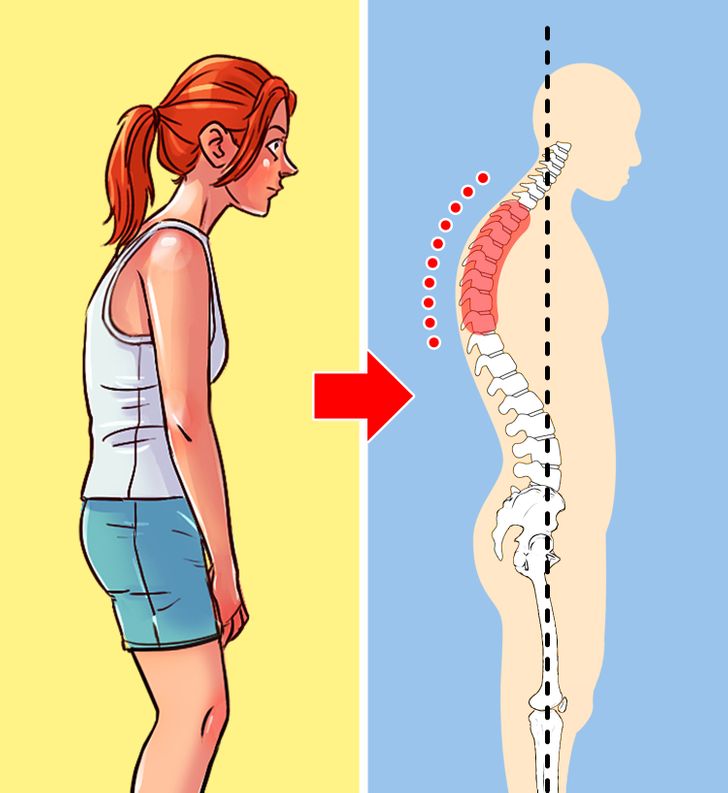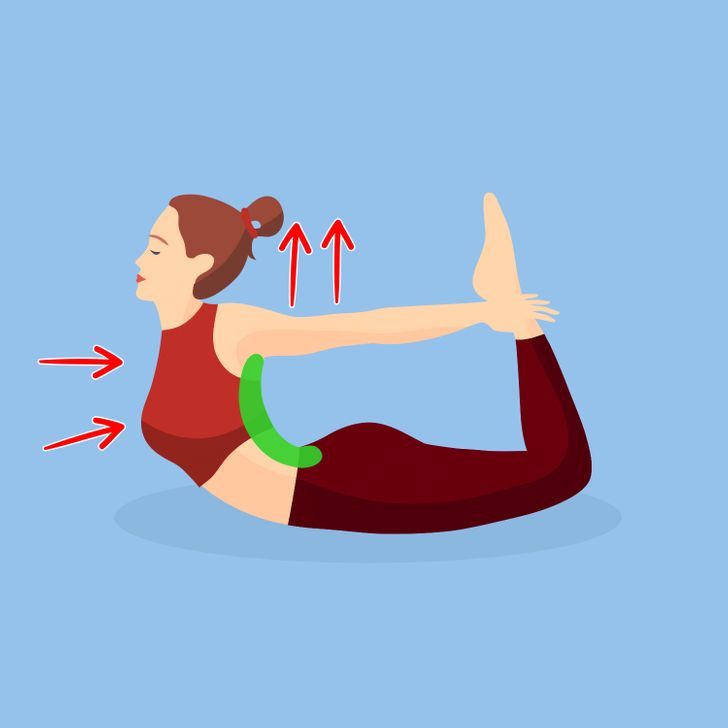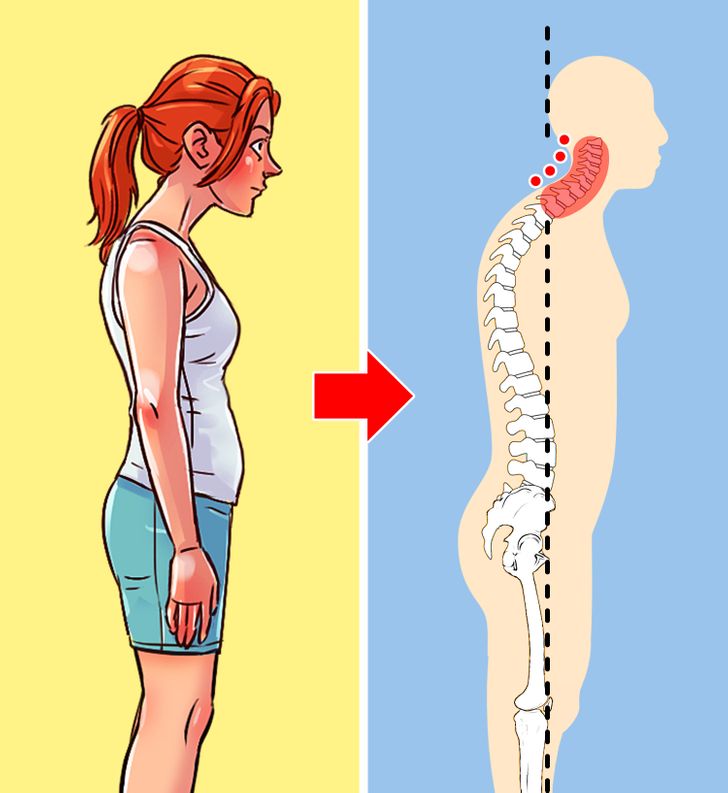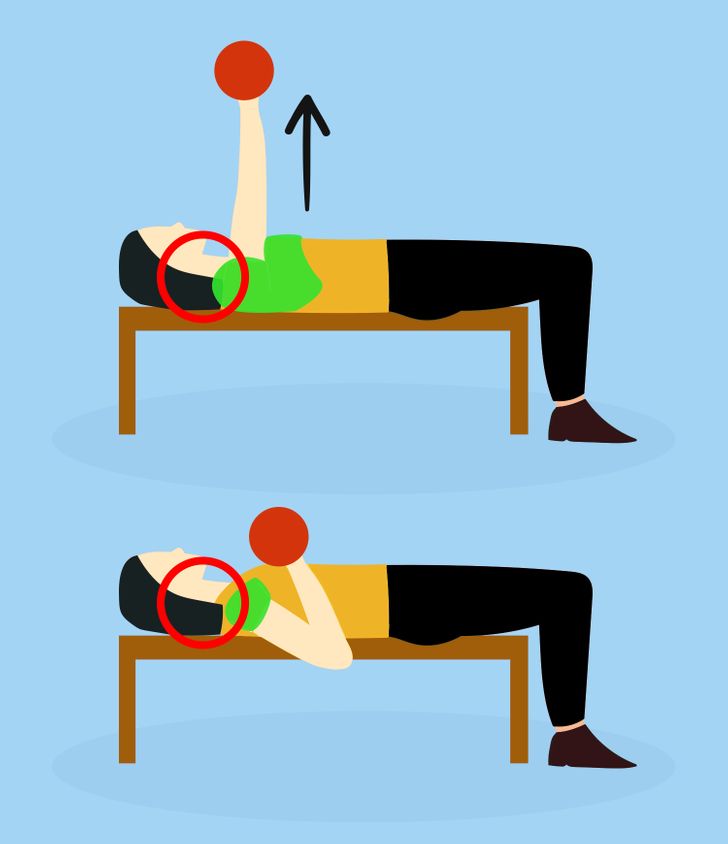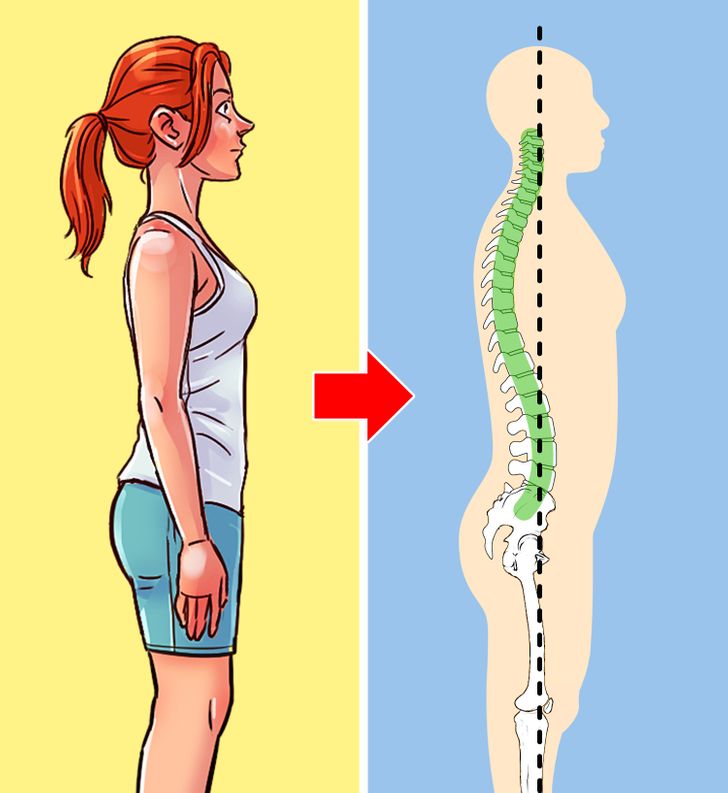okay u helped me so much :D
4 Types of Poor Posture and How to Fix Each of Them
Human spines are supposed to have natural curves, but when there are too many of them, some health problems can occur. Good posture not only provides us with stability and control over our bodies and improves our general appearance, but it also influences the work of our internal organs and nervous system. But we often ignore the discomfort in our backs until really troublesome signs occur.
The Bright Side editorial team decided to figure out how a sedentary lifestyle has influenced our posture and how we can improve it, and we are ready to share this knowledge with our readers. As a bonus, at the end of the article, you’ll find 3 quick tests to check your posture.
1. Sway-back posture
To determine whether you have a sway-back posture, start by paying attention to your pelvis. In this position, your pelvis is tilted and moved forward from its neutral position. You may also notice an excessive curl in your upper back. Your hamstrings are likely to be tight and you might notice an imbalance in other parts of your body, because of the necessity to compensate for this body position.
Why is this bad for you?
- The wrong position makes your body weight distribute unevenly, causing stiffness of the joints over time.
- Because of excessive strain, ligaments become stretched which makes the spine less stable.
How you can fix it:
- Correct the muscle imbalance. While it’s better to consult a doctor and get a workout plan that suits you best, you can also try doing some exercises at home. Yoga poses Warrior Pose I and stretching lunges will help you stretch tight hip flexors that might be one of the reasons for this problem.
- One of the reasons for sway-back posture is weak glutes and quads. So you can train these muscles with the right exercises, like half-squats.
- Control the way you stand. Try to engage all your muscles to stand up straight.
2. Hyperlordosis
Hyperlordosis presents itself with an excessive curve in the lower back. The stomach is pushed forward, and the glutes are pushed out too much. The body resembles the letter C when you look at it from the side.
Why is this bad for you?
How you can fix it:
- Make your core muscles stronger. Go for different kinds of planks, do hip bridge exercises, squats, and leg raises.
- Obesity may be one of the reasons for hyperlordosis, since it puts extra pressure on the lower back. If this is the case, losing some weight may positively contribute to fixing this posture.
3. Kyphosis
Kyphosis looks like a rounded upper back when an excessive curve, that can look like a hump, occurs in the spine. This may happen because a person spends too much time in a bent position, like for example, when sitting, and when the head begins to stay in the forward position.
Why is this bad for you?
- In the long run, kyphosis may cause back pain and muscle tension.
- In some cases, it might cause breathing and digestive problems and make performing everyday tasks more difficult.
How you can fix it:
- The key to success is sticking to a workout routine. A doctor has suggested trying this set of exercises to improve the condition of your back.
- Try release techniques. You’ll need a massage ball to do this correctly. These techniques allow you to apply pressure to a certain point to relieve tension and improve your range of motion.
4. Forward-head posture
Forward-head posture has become very common with the rise of the use of digital devices, like laptops and smartphones. In this case, the head moves forward and sits in front of the shoulders instead of being located directly above them. This position puts an excessive strain on the neck muscles and the spine and increases the risk of degeneration processes.
Why is this bad for you?
- This position causes discomfort and tension in the neck muscles, which can lead to headaches.
- It also might cause tension and pain in the mid-back, chest pain, and unpleasant feelings in your arms.
How you can fix it:
- Choose an orthopedic pillow with the right firmness to keep your neck in a neutral position and avoid flexing forward.
- Adjust your workplace so your computer screen is placed at eye level and you can rest your head on a headrest while working.
- Tone and stretch your neck and upper back muscles to relieve tension and make holding the right spine position easier for you.
Bonus: What good posture looks like
If you want to find out whether you have good posture, try these simple tests:
- Touch a wall with the back of your head, shoulders, elbows, and wrists. Your spine should be flat and pressed against the wall. Your feet should be on the ground, about 6 inches away from the wall. Raise your arms so they are parallel to the floor and bend your elbows. Make sure that your arms, shoulders, and wrists are touching the wall all the time. Then, try to rotate your arms up at the elbows. You must keep touching the wall with your wrists during the test movements. If you can’t touch the wall without arching your back or losing contact of one of the parts (head, shoulders, elbows, wrists, and lower back), you may have a posture problem.
- Get in the starting position from the previous test, but move your feet closer (about 2 inches away from the wall) and make sure that your shoulder blades touch the wall as well. Check the distance between your lower back and the wall. If you can slip your hand there, everything is probably alright. But if there’s more space, it could be a sign of hyperlordosis.
- Check the way your hands rest when you’re simply standing up straight. If your palms are parallel, your posture is fine. But if both or one of your palms is facing your thighs from the front, it might be a sign of some imbalance.
How do you take care of your posture? Do you know any tricks that can help keep your back healthy?
Comments
Related Reads
"Totally Obscene!" Kim Kardashian’s Impossibly Tiny Waist at the 2024 Met Gala Draws Heavy Criticism by Some

I Refused to Attend My Son’s Wedding And Instead Spent the Day With His Ex-Wife

15 Examples of Savvy That We Should Take Note of and Share With Friends

12 People Expose Deep Secrets and They’re Beyond Anyone’s Imagination

None of My Best Friends Invited Me to Their Weddings, Now I’m Getting Married, and Their Behavior Is Killing Me

A Father Banned His Daughter From His Wedding, but She Was Not the One to Take It Easy

I Banned My MIL From Our House After Overhearing What She Told My Husband

The Story of the Baby Who Challenged Doctors With His Rare Disorder for 20 Years

13 Celebrities Who Underwent a Radical Makeover

“STOP With the Fillers”, Meg Ryan Attends Met Gala After 20 Years and Shocks Fans

«I Thought She Couldn’t Lose Weight,» Keely Brosnan Looks Completely Transformed in New Pic

“She Needs to Leave Her Face Alone,” Lady Gaga’s Latest Appearance Sparks Controversy

